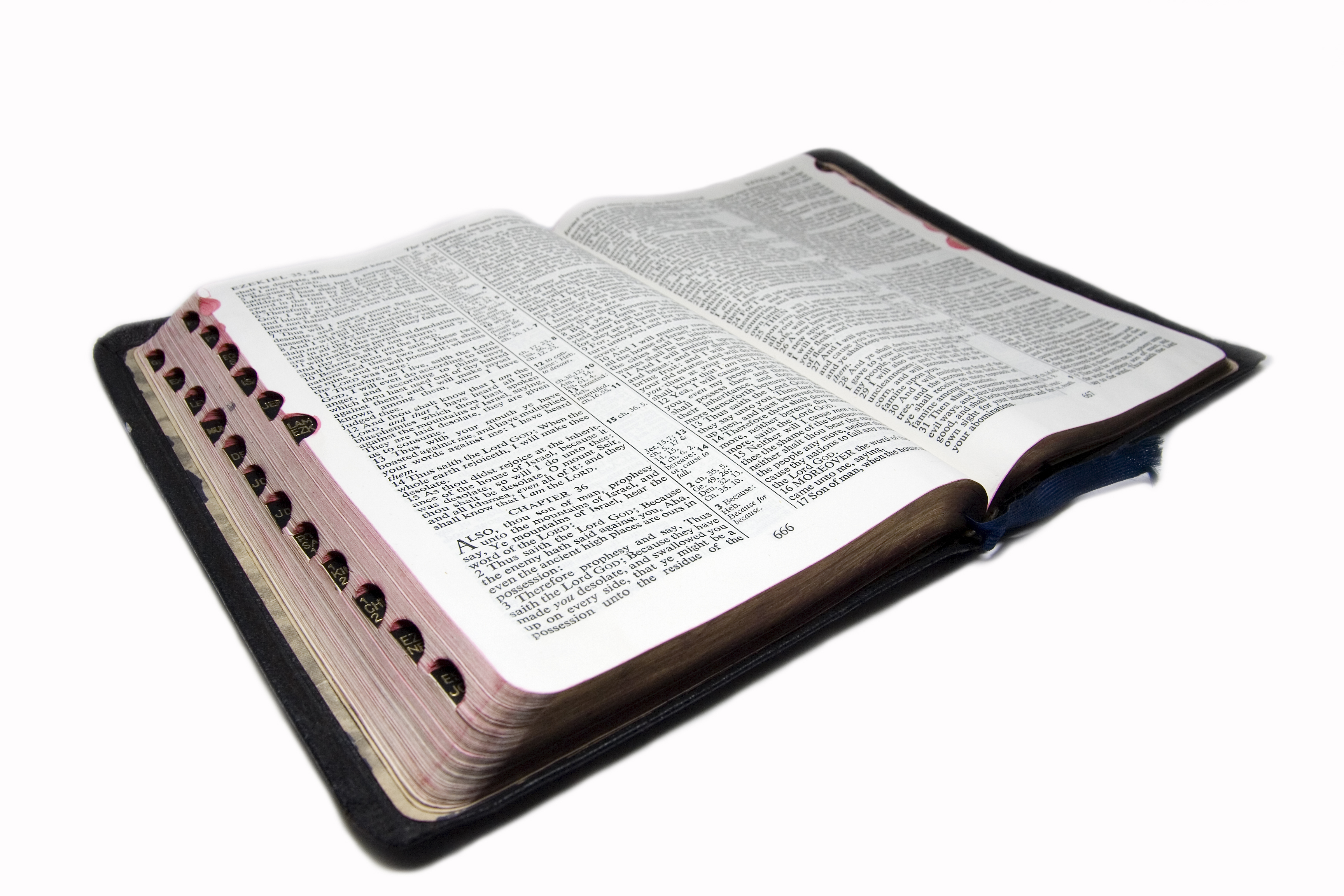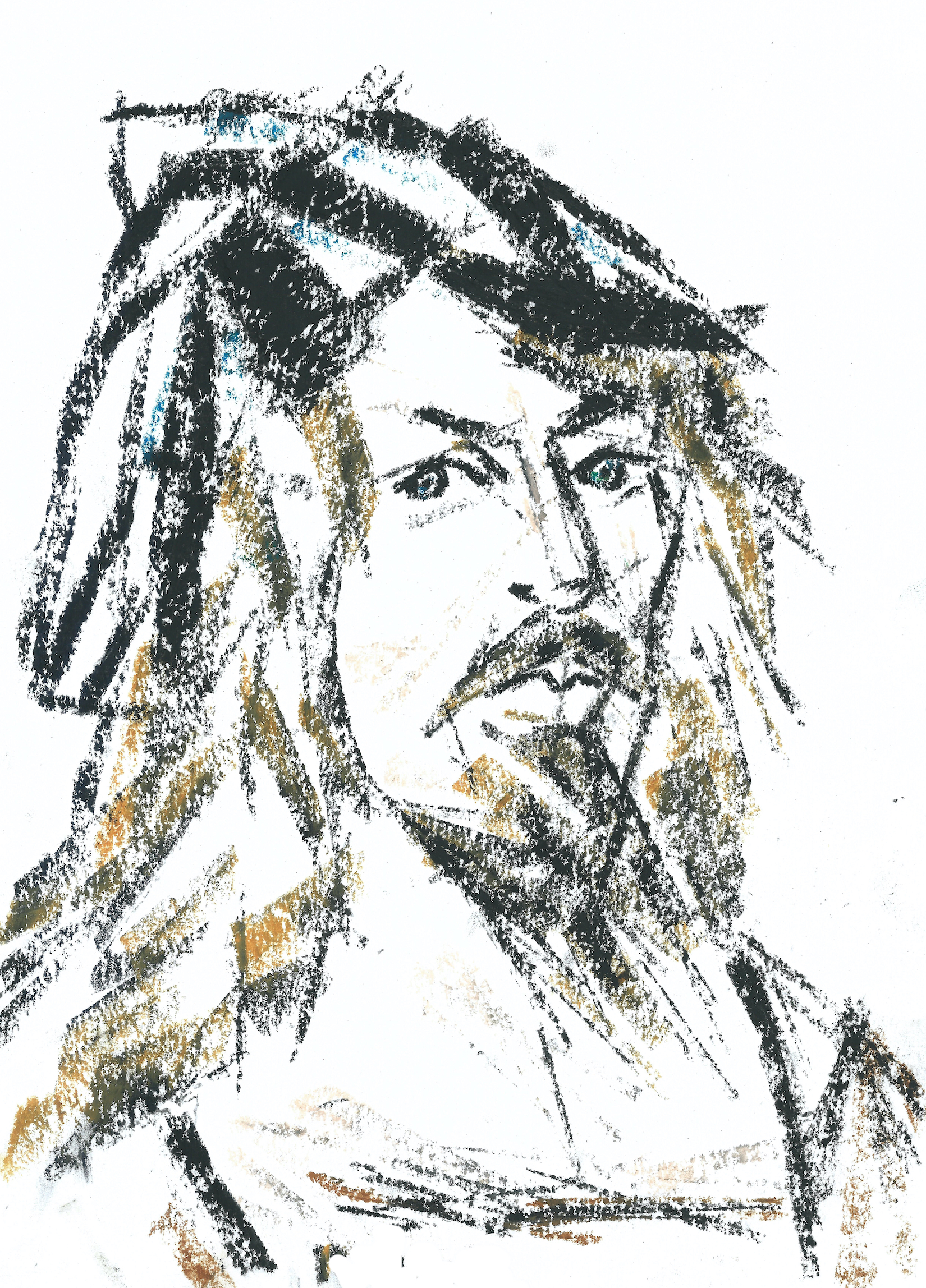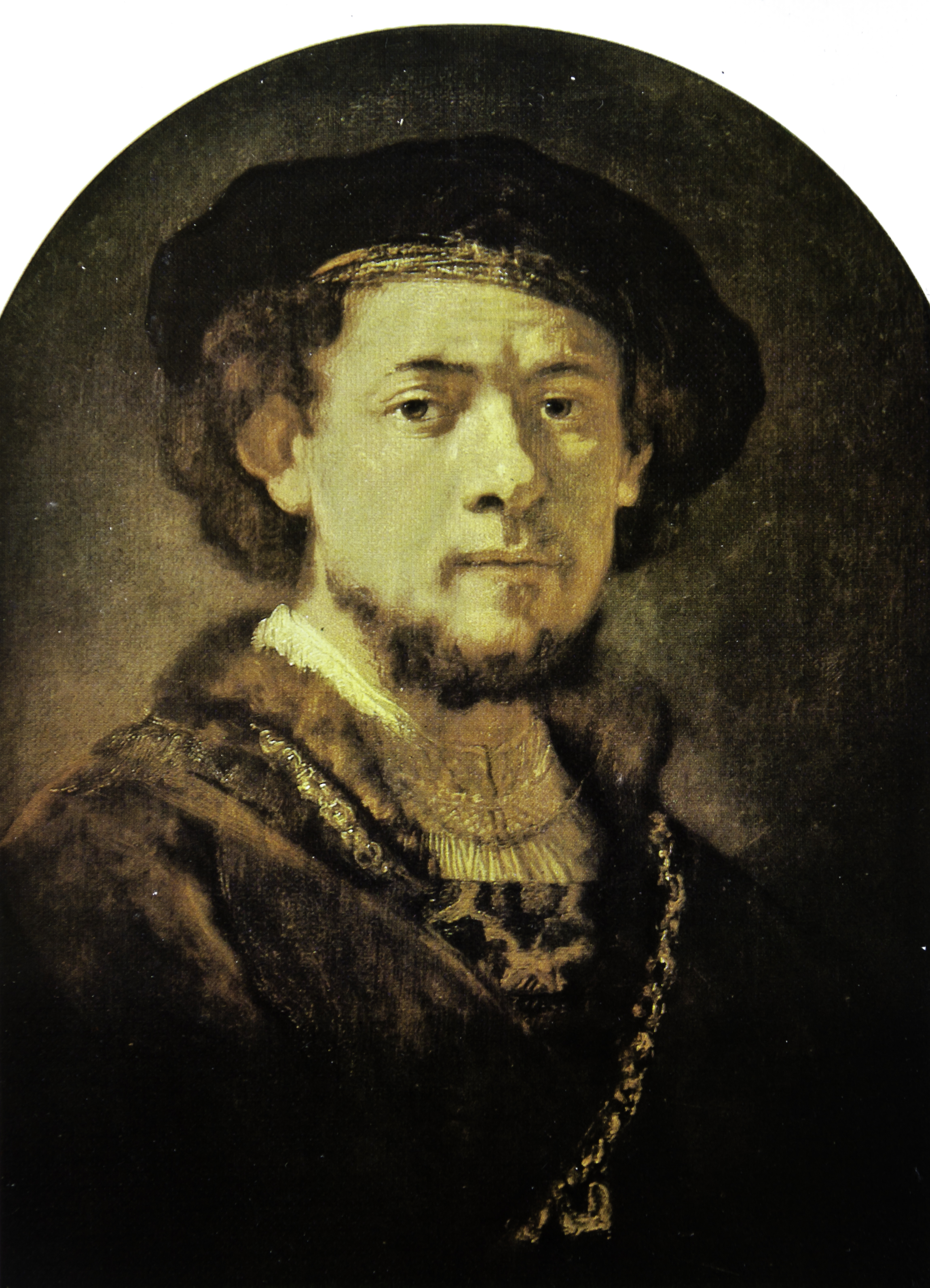Albrecht Dürer made two wagers with the Apocalypse. One was the big media wager, which was to use printing as the way to project his artistry to the world. The other wager was that the way in which he would engage his audience was by imagining, by way of the Bible’s most extensive, mysterious, inscrutable representation of it, the end of the world.
He knew that people were worried about the end of the world for many reasons, including plague and the onset of syphilis. He does this amazing syphilis woodcut around 1496. There were omens; there were wars and famine. But there was this round number coming up – 1500: 1,500 years after Christ, Anno Domini 1500. He saw around him this expectation of what might happen.
He banks on that expectation by producing this remarkable vision of what it would look like, envisioning in graphic terms – black lines on a white sheet of paper – what the eye might see in that impossible-to-imagine scenario: certainly impossible to envision just by reading the page of the Bible. He gives you these concrete representations; concrete in the sense that he is able to transport you from this world, often shown in the basis of his image, to some other world and then, beyond that other world, to some visionary moment in which you begin to see the unfolding of the end of the world.
Presenting the Apocalypse
So that was the prediction, and the prediction takes the form of a book with a beginning, a middle and an end. It’s something like history itself, which in the Christian understanding has a beginning, a middle and an end. It begins in creation and has this important middle with Christ, and then it’s going to have the end.
He binds the whole thing together as a book. It actually has a title page and ends with a colophon. There’s the sense that the actual physical object of the Apocalypse is like a miniature history. And then the mystery unfolds, which I think Dürer predicted. Of course, the world doesn’t end in 1500 – it goes on – and Dürer must have assumed this since he put so much effort, money and ambition into it. He must have known that on the one hand, people were worried; on the other hand, that it would probably be okay.
So 1500 comes around and instead of the end of the world, Dürer envisions an amazing self-portrait: his most famous self-portrait and probably the ultimate self-portrait in Western European art. He places himself as the turning point to a new idea of history, one which isn’t catastrophic, but one which suggests a vector and an arrow into the future: that, in 1500, I, Albrecht Dürer, face you in my portrait.
In the portrait, there’s this remarkable fiction that’s established. The date of 1500, prominent with the AD initials that double as Anno Domini, is crossed on the right with the biographical age of Dürer at that point, 27 years* . According to biological understanding of the time, that is the height of a man’s beauty and ability.
He says at this point – 1500 – Albrecht Dürer is the most beautiful and the most perfect, he is a great artist and will project himself into the future. So, you have these two images of history coming together: catastrophic history and progressive history. It’s very interesting because looking back at that moment from when I first started studying Dürer, it seemed like that idea of a vector going into the future was our modern condition.
A modern-day Apocalypse
We think about art history as a progress or at least as a kind of story of art moving into some ever-newer future. Yet, in recent years, all of us have been faced by the extraordinary shock and revelation that burning fossil fuels, and all forms of human activity, have speeded up the natural clock in such a way that, for many people, it’s quite plausible that the end of the world might happen. It might not necessarily be in my lifetime but in the lifetime of my children or my children’s children. So, we have to learn to rethink our idea of history and of time that science and, even art history, have imagined as going endlessly forward.
Dürer’s print, with its mixture of pessimism and optimism, the combination of his pessimistic image of the end of the world and the optimism of his self-portraits, offers a very useful lesson. It enables us to think, what does time look like when we suddenly realise that it ends, and when it ends within a human story? That’s the terrible paradox of the Anthropocene: the fact of human activity contributing to natural disaster. Time slowed down; in scientific thinking, it began to shift from thousands of years to millions of years to billions of years. Suddenly we’re in a period in which 20 or 30 years is now part of that geological time. That shrinking of time is very good to think through with images like Dürer’s Apocalypse.
The Monstrous Pig of Landser
One very telling work that Dürer produced, which mixes this worry about omens and bad events with his fundamental fascination and curiosity with the world, is a little engraving he did around the time of the Apocalypse, which shows a monstrous sow, a pig that was born in a nearby village. This misshapen sow was broadcast to him, most likely by a woodcut, and he probably produced this engraving in order to have people look at it and possibly interpret it as an omen for bad things to come since monstrous births were known to show the possible future. It’s part of this worry, this pessimism.
What Dürer does with the sow is he places it in a landscape. He imagines it in a very physical way, how there’d be a second set of legs sticking up from its back. He puts a castle in the background, with a little road up to the castle. All of a sudden, you’re in some other world that has nothing to do with worries about the end of the world or what the pig means or anything like that. You’re amazed by the engraving itself. The engraving becomes a kind of strange and wondrous curiosity, much more than the monster, and you wonder, what does that show? Is the artistry there now to prefigure the end of the world? No! The artistry is there to marvel at the capabilities of the human: in Dürer’s case, himself.
Artistry in self-portraits
Dürer starts doing self-portraits from the very beginning. One is a drawing done in the medium of silverpoint when he’s only 13 years old, and then he does self-portraits during his years as an itinerant painter. Sometimes he is interested in his face, just because he needs to figure out something about how to draw faces.
Now, it’s very interesting in terms of the future of this undertaking, artists making portraits of themselves, to reflect on the fact that this very person who does this first, most elaborate, sequence of self-portraits is also the person who most decidedly takes himself as a manual craftsperson out of the production of individual works of art. That is, printing is a way of substituting mechanical reproduction for manual labour. Dürer is interested in asserting himself at the very moment in which mechanical reproduction is absenting him. He adds into all the prints his monogram proclaiming that everything he makes is by his hand – but, of course, it’s not by his hand.
The self-portraits are a way of affirming something which will become ubiquitous in art from then on, which is the sense that what art is is the expression of self. What you are admiring in a work of art is the unique sensibility, the unique craft, the unique “genius” of the artist – and therefore everything has to be funnelled through that idea. The self-portraits are a kind of token of that understanding.
On the other hand, works of art are, in fact, not tethered to the self; in Dürer’s practice, they are widely disseminated. So, the self-portrait becomes a way of insisting on what in a sense isn’t there: this indissoluble bond between the individual maker and the objects they make. But after Dürer, in Rembrandt, in 19th century Romantic art, in 20th century art, in Warhol and British artists like Lucian Freud or Tracey Emin, the way in which an artist represents themselves is very central to how they want their art to be understood.
Certainly by our time, if you think about how artists are taught in school, people will ask students to do a self-portrait as almost the first activity of art making because it says: whatever I can do, no matter what, whether it’s good or bad, whether it’s ambitious or not ambitious, it’s going to be of me. And that’s what Dürer is launching, in all its paradoxes.
*Erratum: Dürer was 28 years old when he painted his 1500 portrait.


